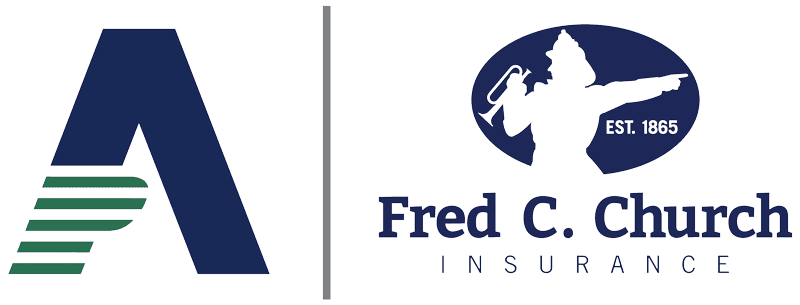September 2021 Employee Benefits Compliance Alerts
IRS Announces 2022 ACA Affordability Index: 9.61%
Late last week, the IRS released guidance (IRS Rev. Procedure 2021-36) that decreased the ACA affordability index from 9.83% in 2021 to 9.61% in 2022. Utilizing the most generous safe harbor ACA affordability index (the Federal Poverty Line [FPL]), employers who use an FPL standard could not charge their employees more than $103.14 per month for the lowest-cost single coverage option for plan year 2022. Employers who do not offer ACA FPL affordable coverage will generally use either the Rate of Pay Safe Harbor or the W-2 safe harbor. Of the two safe harbors, the Rate of Pay is the most straightforward, since it focuses on 30 hours of regular compensation.
The affordability percentages apply for plan years beginning in the listed year. To wit: A calendar year plan will have the 9.61% affordability threshold for the plan year, beginning January 1, 2022. Non-calendar-year plans will continue to use the 9.83% affordability threshold to determine affordability in 2022 until their new plan year starts in 2022.
Other thoughts…
- The new 2022 ACA affordability rate only applies to Applicable Large Employers: those employers who average 50 full time equivalent employees for the prior calendar year, 2021.
- All an employer has to do is offer an affordable single plan option to its full-time benefit-eligible employees. It is irrelevant whether an employee actually enrolls in the offered coverage for purposes of avoiding an employer mandate penalty.
- The failure to offer ACA affordable coverage does not automatically trigger an ACA penalty. The penalty is only triggered if the employee qualifies for an ACA premium subsidy or tax credit.
- Although not required under the ACA, a good compliance practice is to have an employee sign either a waiver or declination of coverage form if they declined to enroll.
Deadline for Renewing an MPFMLA Private Plan Exemption is September 30; State to Announce 2022 Contribution Rates No Later Than October 1
If you currently have an exemption from remitting contributions to the Massachusetts Paid Family and Medical Leave (PFML) Family and Employment Security Trust Fund (“Trust Fund”), this exemption will expire on September 30, 2021. If you wish to renew your exemption, you must renew on or before September 30, 2021, by submitting a renewal application in MassTaxConnect. The application period is now open and will close on September 30, 2021. For additional details and guidance on the exemption types, you can visit the Mass.gov websites: Requirements for self-insured private paid leave plans and Requirements for a purchased private paid leave plan.
On or before October 1, 2021, the Department of Family and Medical Leave (DFML) will be announcing the 2022 contribution rates for employers and employees. These rates will go into effect on January 1, 2022. If you are taking in contributions from employees for your private plan, you must make adjustments to ensure the amount collected is less than or equal to what the state collects. For additional information on family and medical leave contribution rates, please see: https://www.mass.gov/info-details/family-and-medical-leave-contribution-rates-for-employers.
If you do not intend to renew your exemption, please contact your Fred C. Church representative and the PFML Contact Center at 617-466-3950, or you may send an e-message on MassTaxConnect.
Note: Last year, the state surprised employers by keeping the contribution rate for the state program the same as that of the previous year. Although we do not have a crystal ball as to what the state will do, it would be surprising to see a second year of no rate increases, given the impact of the pandemic during the past year.
Be on the Lookout: Issuance of Medical Loss Ratio Rebate Checks in the Massachusetts Small Group Market
We have been informed that health insurers in Massachusetts (e.g., Harvard Pilgrim) could be issuing Medical Loss Ratio (MLR) rebate checks to Massachusetts small group plan sponsors/employers. When an employer receives an MLR refund check, generally the employer must determine how much of the MLR check consists of employer contributions (which it can use for any purpose) and employee contributions and refund that amount to individual plan participants unless the amount is de minimis (meaning the cost of the time and expense to refund the money to individual participants exceeds the value of the refund itself). In that case, the employer can apply the money to the benefit of all plan participants in a reasonable manner, i.e., reduce health premiums for a paycheck period. For example, if an MLR refund check is $4,000, and the employer contributed 70% of the premium…the employer would retain $2,800 (which it could use for any purpose), leaving $1,200 as a potential refund to plan participants for the refund year in question. If there were only 20 employees on the health plan, that would amount to a per-participant refund of $60. There is no bright-line test for what dollar amount triggers de minimis status, but generally, if the number of eligible participants and the resulting refund are in the single digits ($1 to $9), the stronger the argument that the amount is de minimis.
October 15 is the Medicare Part D Creditable/Non-Creditable Coverage Notice Distribution Deadline
What is it?
Every year, the federal government requires employers to advise Medicare-eligible employees enrolled in their employer-sponsored prescription drug coverage, no later than October 15, whether the prescription drug coverage they receive through their employer is at least as good (“Creditable”) or is not as good (“Non-Creditable”) as the prescription drug coverage under a Medicare Part D plan. The disclosure serves to educate an employee, COBRA participant, or retiree who is simply eligible to enroll in Medicare Part D about whether to enroll in a Part D plan or stay on the employer’s plan. Your health insurance company or broker can confirm whether your company’s prescription drug coverage is creditable or non-creditable.
Who has to comply?
This applies to all employers who sponsor group health plans that provide prescription drug coverage and who have Medicare-eligible individuals enrolled, or who are eligible to enroll, in their prescription drug coverage. Note that prescription drug coverage could be embedded in a group health plan or exist on a stand-alone basis apart from the group health plan.
Who should be notified?
The law only requires notification to those employees who are Medicare-eligible and who are enrolled in the employer’s prescription drug coverage. At Fred C. Church, we recommend that employers notify all employees enrolled in prescription drug coverage, including COBRA participants and retirees if you have a retiree prescription drug coverage option, not just those who are 65 or approaching 65 and are Medicare-eligible. For example, an employer could have a 30-year-old employee who has enrolled his family in the employer’s prescription drug coverage and who may have a disabled child receiving Social Security benefits who is Medicare-eligible or receiving Medicare.
When should employees be notified?
Employees should be notified no later than October 15. This date coincides with the start of Medicare open enrollment season, which concludes on December 7. The requirement is an annual requirement, however, that can happen earlier in the plan year than October 15.[su_spacer size=”20″ class=””] Employers should also provide the Notice to new hires if they are eligible to enroll in health insurance that provides prescription drug coverage.
How should employees be notified?
The Notice can be included in a hard-copy distribution of plan documents to employees (such as open enrollment materials or a packet of annual notices) if it is prominently featured at the top of the package; it can be provided electronically, pursuant to ERISA’s disclosure rules; or it can be mailed to employees’ homes.
Does the employer have to complete any portion of the Model Notice?
Yes. If your prescription drug plan is creditable, you only have to complete the required sections of the Model Creditable Disclosure Notice. See Model Notices below. If the prescription drug coverage is not creditable, you should complete the Non-Creditable Disclosure Notice.
Additional Resources:
Note: This alert constitutes compliance advice from the Fred C. Church Agency as your employee benefits broker and does not establish an attorney-client relationship with the recipient, who is free to consult with legal or tax counsel of their own choosing.



